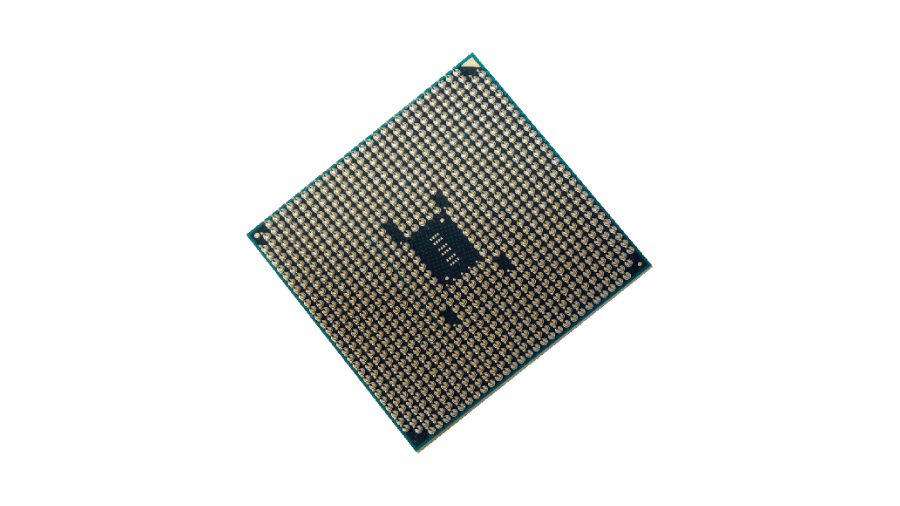TechRadar Verdict
Pros
- +
Decent multi-threaded performance
- +
Integrated GPU could be useful for HTPC setups
Cons
- -
Not for gamers
- -
Poor frame rates when paired with dedicated GPU
Why you can trust TechRadar
The AMD A10-5700 is a chip we're desperate to like. For starters, it's one of the most technically interesting CPUs around right now.
You've got AMD's latest Piledriver architecture and all its funky hybrid core technology. Then there's an AMD Radeon HD 7660D graphics, the most powerful integrated core on Earth.
In the end, however it's cold, hard numbers and practicality that counts, not intellectual niceties. On the latter point, the A10 falls at the first hurdle.
Thanks to that integrated graphics core, it has different pin-out requirements to other AMD chips. And that means a unique socket, known as FM2. That's a bit of a bummer because it means you can't buy an A10-based system and retain the option of upgrading to heftier hardware later on. And trust us, pretty soon you'll want heftier hardware.
In multi-threaded benchmarks like video encoding and pro rendering, the A10-5700 is pretty close to the AMD FX-4300, as you might expect - they both have four AMD Piledriver spec cores and clockspeeds that aren't a million miles apart.
In games, however, the A10's missing L3 cache causes some frame rate pain. To put all that into context, the FX-4300 achieves over 70 frames per second average in our World in Conflict test while the A10-5700 slips under 60, probably thanks to the lack of L3 cache memory.
What's more, whip out our GeForce GTX 680 test GPU and run on the integrated Radeon HD 7660D graphics and that plummets to just 14 fps. There is the prospect of using Hybrid Crossfire to pair the integrated GPU with a cheap graphics card. But it's all a bit complicated for what is in the end a platform with limited upgrade options.
Technology and cars. Increasingly the twain shall meet. Which is handy, because Jeremy (Twitter) is addicted to both. Long-time tech journalist, former editor of iCar magazine and incumbent car guru for T3 magazine, Jeremy reckons in-car technology is about to go thermonuclear. No, not exploding cars. That would be silly. And dangerous. But rather an explosive period of unprecedented innovation. Enjoy the ride.

MIT researchers say nanoscale 3D transistors made from ultrathin semiconductor materials promise more efficient electronics; quantum mechanics offers a path beyond silicon limits

Netflix removes AI art poster for Arcane after an outcry from creators

Watch: Disney christened its new cruise ship with an eye-popping 1,000-plus drone show
